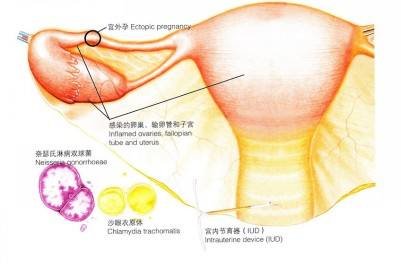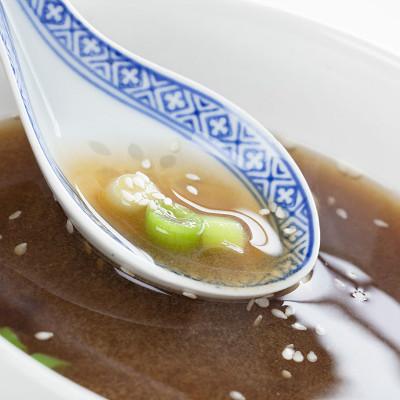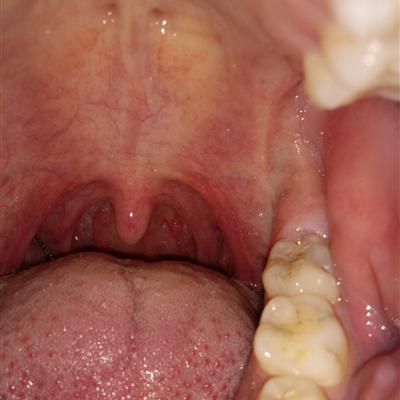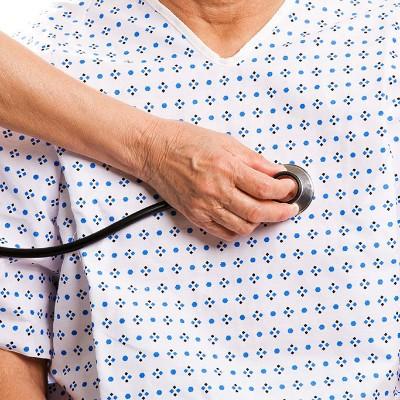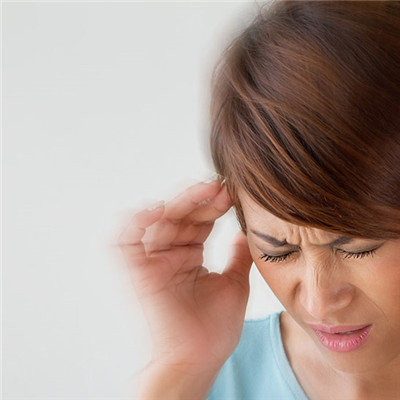What symptom expression does uterine myoma have
summary
Uterine fibroids this disease, uterine fibroids is the most common female genital benign tumor, if not serious patients, can be treated with drugs, in order to avoid this kind of occurrence, female friends must take preventive measures. Most of the patients were asymptomatic, only occasionally found in pelvic examination or ultrasound examination. If there are symptoms, it is closely related to the growth site, speed, degeneration and complications of myoma, but it is less related to the size and number of myoma. Patients with multiple subserosal myomas may not have symptoms, while a smaller submucosal myoma may cause irregular vaginal bleeding or menorrhagia. The common clinical symptoms are as follows
What symptom expression does uterine myoma have
First: uterine bleeding is the main symptom of uterine fibroids, which occurs in more than half of the patients. Among them, periodic bleeding is the most common, which can be manifested as increased menstrual volume, prolonged menstrual period or shortened menstrual cycle. It can also be manifested as irregular vaginal bleeding without menstrual cycle. Submucosal myoma and intramural myoma are the most common causes of uterine bleeding, while subserosal myoma rarely causes uterine bleeding.
Second: abdominal mass abdominal mass and compression symptoms of fibroids gradually grow, when it makes the uterus larger than 3 months of gestation, uterine size or is located in the bottom of the uterus larger subserosal fibroids, often can touch the mass in the abdomen, morning bladder filling is more obvious. The mass was solid and movable without tenderness. Myoma grows to a certain hour, which can cause symptoms of peripheral organ compression. The anterior wall myoma of the uterus close to the bladder can produce frequent urination and urgency. Large cervical myoma * compression of the bladder can cause voiding or even urinary retention; uterine posterior wall myoma, especially the isthmus or cervical posterior lip myoma, can suppress the rectum, resulting in poor stool and discomfort after defecation. Even cause hydronephrosis.
Third: pain. In general, hysteromyoma does not cause pain, but many patients can complain of lower abdominal distension and backache. Acute abdominal pain may occur when subserosal myoma has pedicle torsion or uterine myoma has red degeneration. Dysmenorrhea may occur when myoma complicated with endometriosis or adenomyosis.
matters needing attention
Patients with uterine fibroids should pay attention to diet: do not eat spicy food, do not eat hormone foods, avoid spicy food and beverages such as capsicum, pepper, raw onion, garlic, Baijiu and so on. They should be light, and do not eat mutton, shrimp, crab, eel, salted fish, black fish and other hair products. Fasting longan, jujube, donkey hide gelatin, royal jelly and other thermal, coagulation and hormone containing foods. Eat lean meat, chicken, eggs, quail eggs, crucian carp, turtle, white fish, cabbage, asparagus, celery, spinach, cucumber, wax gourd, mushrooms, tofu, kelp, laver, fruit, etc.


